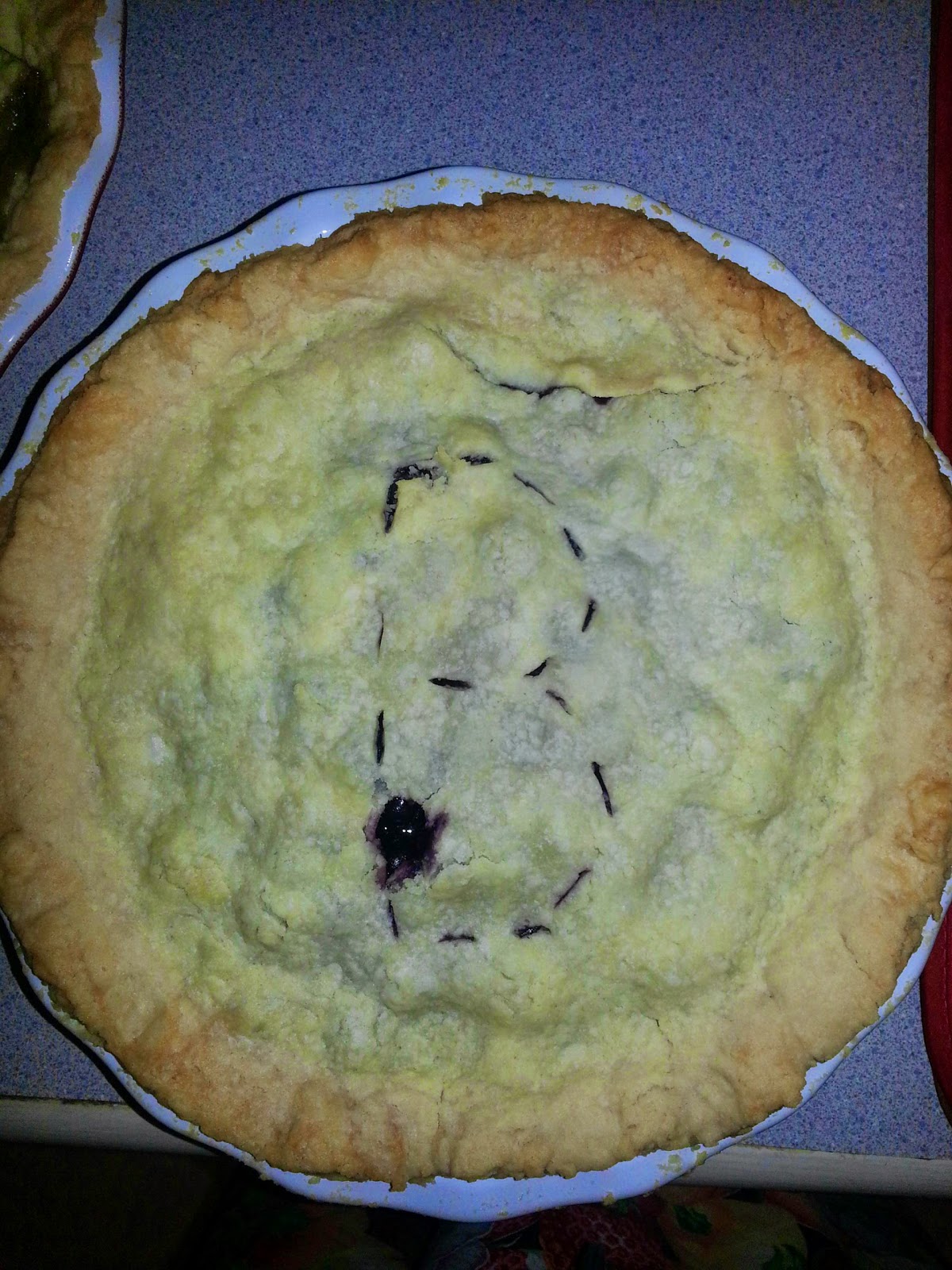My blog has been on hiatus for several months as I prepared for my qualification exam. Even the sporadic posting I'd been doing had to go on hold, as all my energy went into staying sane during the long hours of proposal writing, literature review, and studying (mixed in with TA duties and taking one class "for fun").
The geological record is full of hiatus' too, just like my blog. My stratigraphy professor in undergrad often reminded us that the geological record is "more gap than record."
We call these gaps in the record unconformities, and the gap in time is something you can put your finger on. I've posted two photos of unconformities on this blog before:
The unconformity at Red Rocks Amphitheater in Colorado and
An unconformity in the front ranges of the Canadian Rocky Mountains
On a recent field trip, I was able to put my finger on yet another unconformity, this time in upstate New York, between Cambrian Potsdam Sandstone (with a pebble/cobble lag at the base) and Proterozoic gneiss beneath.
Unconformities in the rock record are the result of erosion or non-deposition. There are four main types of unconformity (click for a bigger version of the figure below):
The photo above, from upstate New York, shows a nonconformity. The unconformity in Colorado that I've posted about previously is also a nonconformity. The Canadian Rockies example I linked to above is a disconformity.
While you may be able to put your finger on an unconformity when you're standing at an outcrop, if you look at a stratigraphic record, you can see how big the gaps in time are. The figure below is a temporal record of my blog posts, where each purple line is a blog post. Just like the actual record, my blog has more gaps than record. Thicker lines are actually closely-spaced lines that represent small time intervals where I had lots of blog posts (five days in a row, for example). I've taken the liberty of naming the biggest unconformities in my record.
My qualification exam was on April 16th, and I passed. I did get to go on an awesome four-day field trip the following week, but most of the time I've spent since my exam has been grading and giving my students extra office hours to make up for how little I was able to do for them in the week or two before my exam. I still feel like I'm recovering, and I'm not feeling very motivated to dive back into research yet.
During my blog hiatus, I've thought a lot about why I keep this blog, both what I want to get out of it for myself, and what I want others to get from it. I have a really cool research project, but working on it is not always fun and inspiring. This blog is a chance for me to step back from that and post about the things I think are cool and fun and inspiring in geoscience. I have a big list of posts I'd like to do, ranging from field trips I've been on to background for my research, and some ideas about teaching geoscience too. If you keep reading, I hope you'll find my posts cool, fun, and inspiring too.







